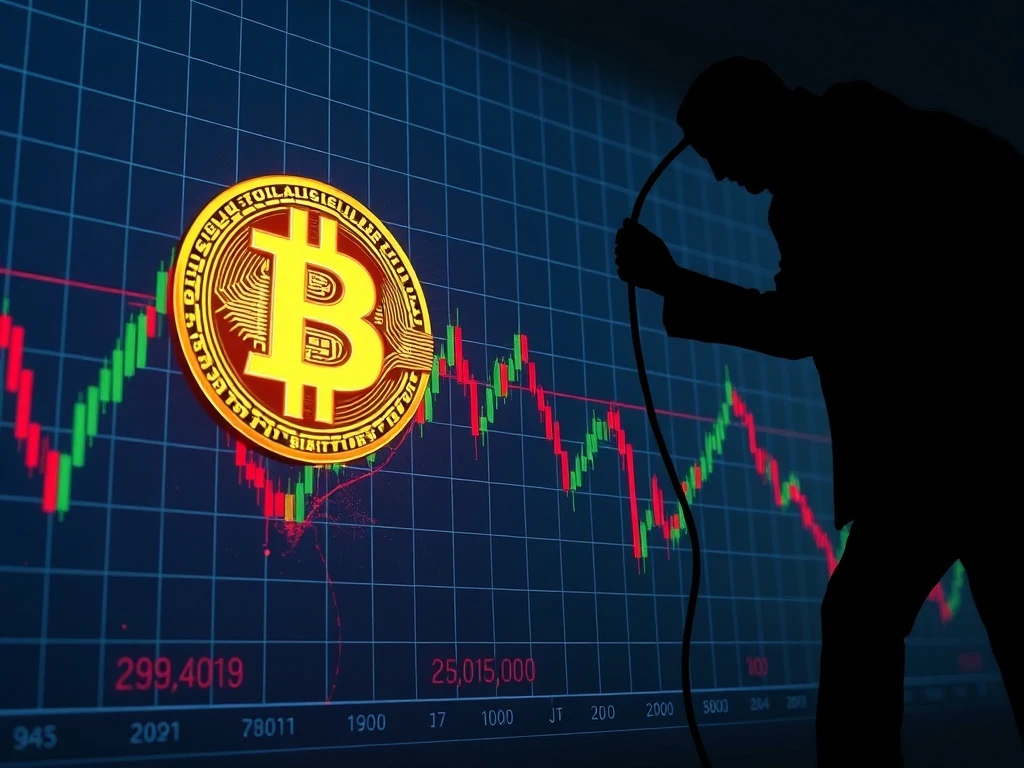Shocking: Powell Crushes Bitcoin’s Rally with Fed Announcement

Bitcoin’s recent rally came to a screeching halt after Federal Reserve Chair Jerome Powell made a surprising announcement. Investors were left scrambling as the crypto market reacted sharply. What does this mean for the future of Bitcoin and other cryptocurrencies? Let’s dive in.
How Powell’s Fed Policy Impacted Bitcoin’s Rally
Powell’s latest remarks on monetary policy sent shockwaves through the crypto market. Here’s what happened:
- The Fed signaled potential rate hikes, spooking risk assets like Bitcoin.
- Bitcoin’s price dropped by over 10% within hours.
- Traders rushed to liquidate positions, causing further volatility.
Crypto Market Reactions to Powell’s Announcement
The broader crypto market felt the impact immediately:
| Cryptocurrency | Price Drop (%) |
|---|---|
| Bitcoin (BTC) | 12.5 |
| Ethereum (ETH) | 9.8 |
| Solana (SOL) | 14.2 |
What This Means for Bitcoin Investors
While the short-term outlook appears bearish, long-term investors should consider:
- Bitcoin has historically recovered from Fed-related dips.
- Market corrections can present buying opportunities.
- Diversification remains key in volatile markets.
Will Bitcoin Bounce Back After Powell’s Impact?
Analysts are divided on Bitcoin’s next move:
- Some predict a quick rebound if inflation fears ease.
- Others warn of prolonged bearish sentiment.
- Technical indicators suggest key support levels to watch.
FAQs About Powell’s Impact on Bitcoin
Q: Why did Bitcoin drop after Powell’s announcement?
A: Bitcoin reacted to fears of tighter monetary policy, which typically hurts risk assets.
Q: How long will this Bitcoin downturn last?
A: Market cycles vary, but Bitcoin has historically recovered from Fed-related dips within weeks to months.
Q: Should I sell my Bitcoin holdings now?
A: This depends on your investment strategy. Many experts advise against panic selling during market corrections.
Q: What other cryptocurrencies are affected?
A: Most major cryptocurrencies followed Bitcoin’s downward trend, with altcoins often experiencing greater volatility.









